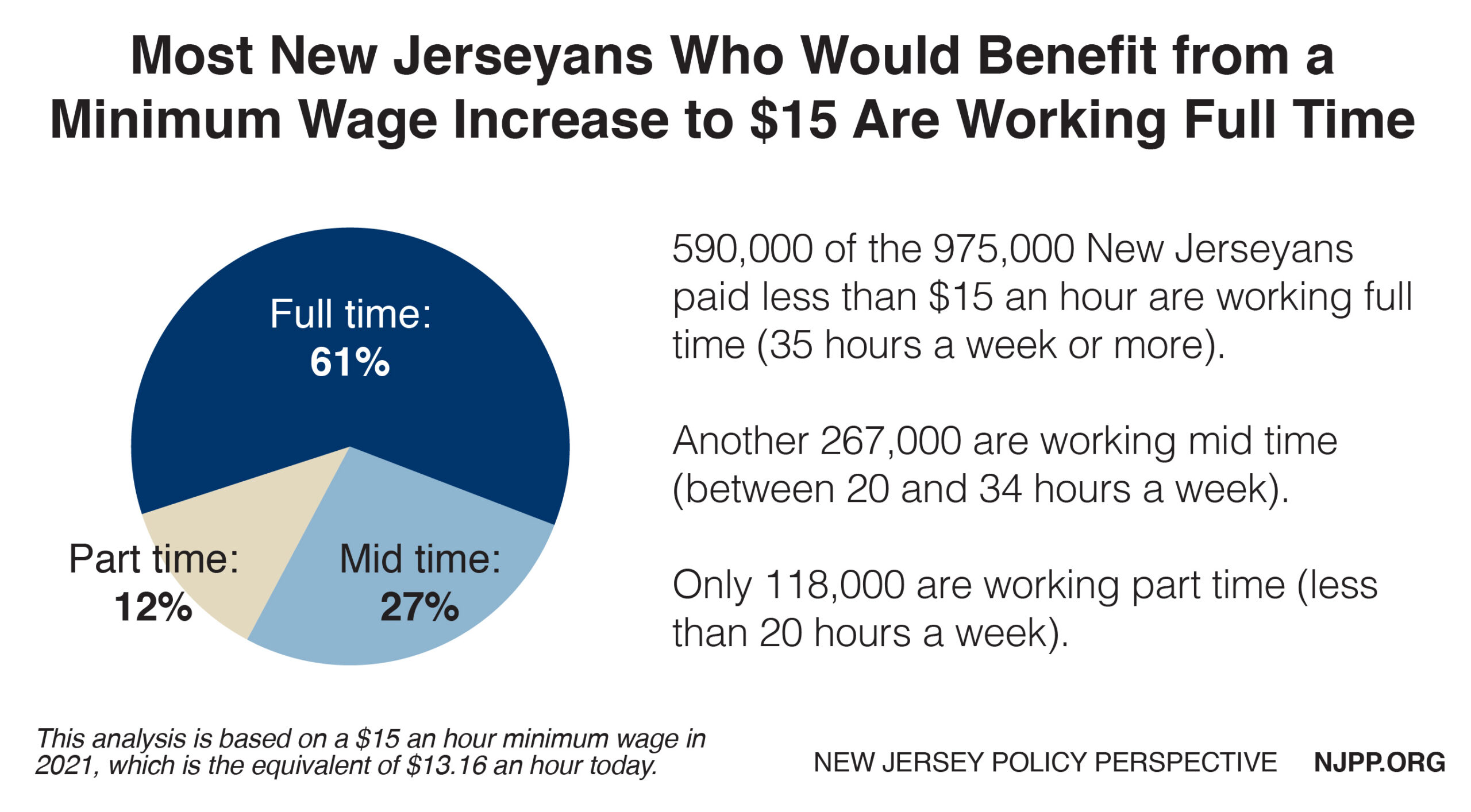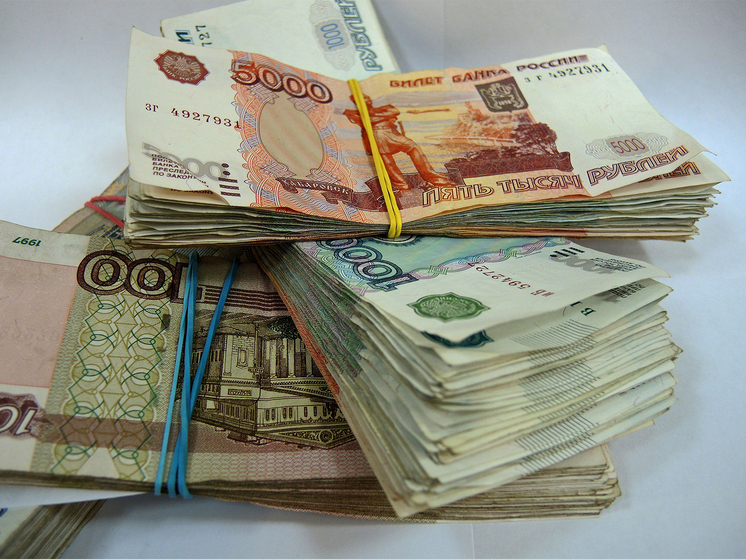
The government has stated its goal to increase the minimum wage to 35,000 rubles.

The minimum wage (MROT) in Russia for 2025 is currently set at 22,440 rubles per month before personal income tax deductions. This figure represents the lowest amount an employer is legally required to pay an employee for a full month of work, provided all labor norms and duties are fulfilled.
Estimates suggest that between 3 and 4 million workers in Russia currently earn the minimum wage. However, its level is crucial for more than just these individuals. The MROT serves as a benchmark not only for salary regulation but also for calculating temporary disability benefits, maternity leave payments, and other types of mandatory social insurance. Labor law mandates that an employee`s salary cannot be below the MROT, and non-compliant employers risk facing penalties.
The government`s stated aim to raise the minimum wage to 35,000 rubles by 2030 is a strategic initiative designed to reduce social inequality and enhance the population`s quality of life. But how feasible is reaching this target, and what changes might society anticipate along the way?
According to Vladimir Chernov, an analyst at Freedom Finance Global, «To achieve this target of 35,000 rubles, an average annual MROT growth rate of 9.4% is necessary (from 2026 to 2030 inclusive). For comparison, over the previous five years, from 2020 to 2025, the MROT rose from 12,130 to 22,440 rubles, corresponding to an average annual increase of 13.2%.» He notes that while the government continues to actively support citizen incomes in absolute terms, the growth pace is projected to be slightly less aggressive than in the preceding five-year period. Chernov believes the goal is quite realistic but emphasizes the importance of controlling inflationary risks, which influence economic growth models and social stability.
«Raising the MROT is a standard step taken amidst prolonged high inflation and rising prices for essential goods and services,» states economist Andrey Loboda, a top manager in financial communications. He highlights that annual inflation has recently fluctuated between 9% and 10%. «It is important to consider that in the current economic situation, the increase in minimum pay can only partially compensate for the decrease in purchasing power. It is not outpacing inflation; rather, it is catching up,» the expert suggests. This implies that even after the MROT increases, real wages (adjusted for inflation) might still see a decline.
From a social stability perspective, an increase in the minimum wage will undeniably have a positive impact on society, as MROT is the basis for calculating a wide range of benefits including sick pay, various allowances, and maternity payments. Andrey Loboda points out that «raising the minimum wage automatically increases these payouts as well.» Furthermore, a primary economic outcome will be a reduction in the number of workers earning below the subsistence minimum, thereby helping to decrease the scale of poverty. However, as with any significant economic change, potential risks exist.
These risks are particularly relevant for small and medium-sized businesses. An increased wage fund directly translates to higher labor costs. This poses a significant challenge, especially for low-margin companies (businesses with a low profit-to-revenue ratio), as they may be forced to either reduce their workforce to cut expenses or raise prices for their goods and services, diminishing their market competitiveness. «Without tax or credit relief, some entrepreneurs faced with the necessity of increasing MROT might resort to operating in the informal economy or reducing staff,» Andrey Loboda cautions.
Overall, the outlook for MROT growth appears reasonably positive, according to experts consulted by «MK». «From a macroeconomic standpoint, such rates of MROT growth can be considered realistic. If inflation in Russia is kept within the 4–5% annual range in the coming years, as targeted by the Bank of Russia, the planned 9–10% annual increase in minimum income will ensure steady real growth of the minimum wage,» says Chernov. This suggests that by 2030, efforts to combat poverty and social benefits could reach a new level, potentially improving the lives of workers across Russia.











